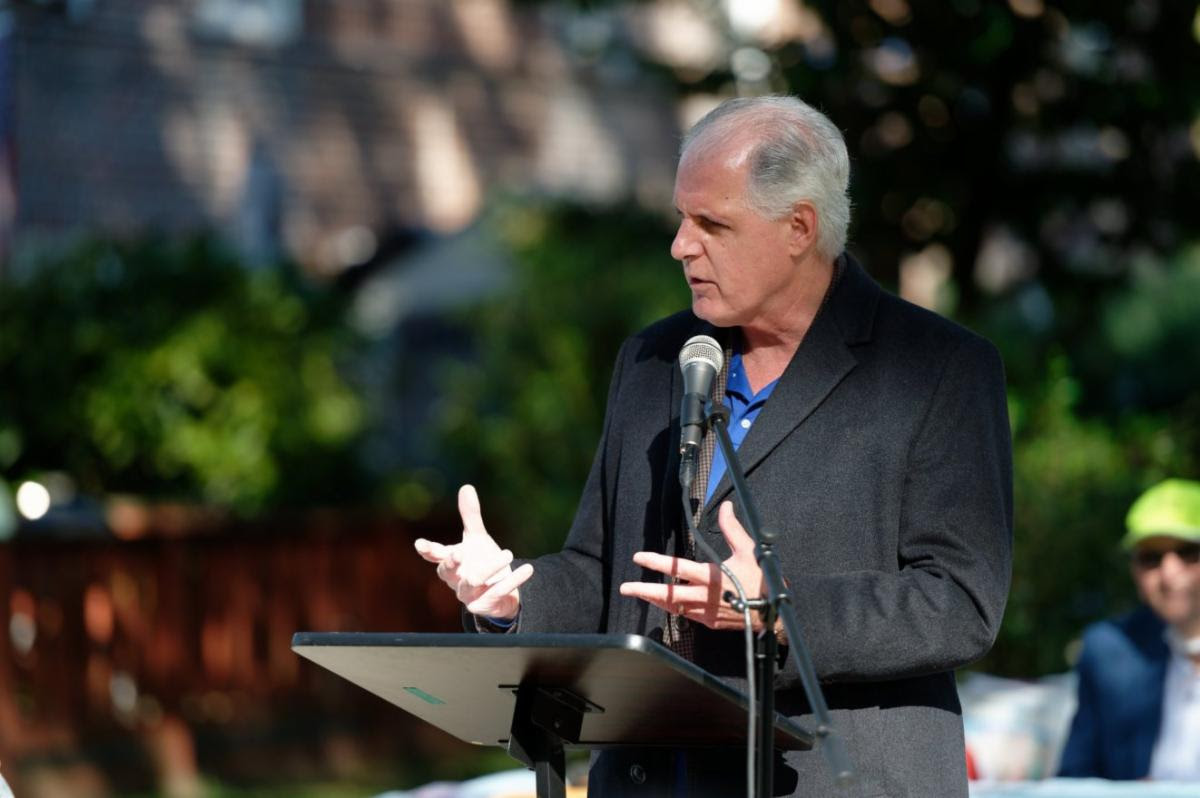One civic group has planning everything from stoops to skyscrapers practically down to a fine art — though it has been at it for more than a century.
Launched in 1893 with a focus on beautifying through public art, the Municipal Art Society is marking its 125th anniversary this year with a series of events. The nonprofit was a force behind the creation of the city’s zoning code in 1916, the launch of the city’s Planning Commission and its landmarks law. While proud of the society’s role in shaping the formal planning process, the society’s president, Elizabeth Goldstein, said the organization has pressing concerns with the way development proceeds in the city.
“This is a really important moment — could be a watershed moment,” Goldstein said, while highlighting the society’s research on the towers rising across the city, which it has knocked as an accidental skyline. “We really have expressed concerns about the fact that we feel like there are loopholes in the zoning code, that are allowing buildings that are out of context to be built; that there isn’t an even playing field for communities to engage in the planning and zoning process.”
Goldstein said more than 650 people contacted state legislators this spring when the Municipal Art Society sent out an “action alert” about a budget resolution in Albany. The measure could have eradicated a cap on the size of residential buildings in the city, which the society argued would have ushered in large projects without sufficient public input.
“We won,” Goldstein said, noting that she still had concerns a similar proposal could resurface. “There’s been huge moments, when there were particular advocacy issues that really swelled both membership and membership engagement.”
Although it is difficult to compare today’s roughly 1,200 member roster to other eras, Goldstein said the society has also seen supporters galvanize over other controversial developments.
More than 400 advocates, including the former first lady, Jacqueline Kennedy Onassis, traveled to Washington, D.C., in 1978 to draw attention to a legal case that affirmed Grand Central’s designation as a landmark amid a development dispute, according to MAS’s website.
In the 1980s, more than 800 New Yorkers gathered in Central Park and spread open umbrellas to protest the shadows they anticipated a proposed building casting on the greenery, according to the MAS website. The project was eventually modified.
Other sites the society worked to save include Radio City Music Hall and Tweed Courthouse. The Municipal Art Society has also celebrated the cityscape with architectural walking tours, a tradition it started in 1956.
Over the years, the society has staked its reputation on stances that have not always been popular. Some have aged well, such as its support for building the Rockefeller Center, which was controversial in 1930. Others have not, including the society’s opposition to the Flatiron building on the grounds that it was too tall.
“The organization is really dedicated to speaking truth to power. In many ways over its 125-year history, it has certainly taken positions that were unpopular with government,” Goldstein said. “That willingness to speak out, but also to be responsive to the issues of the day, has been part of our success.”


































